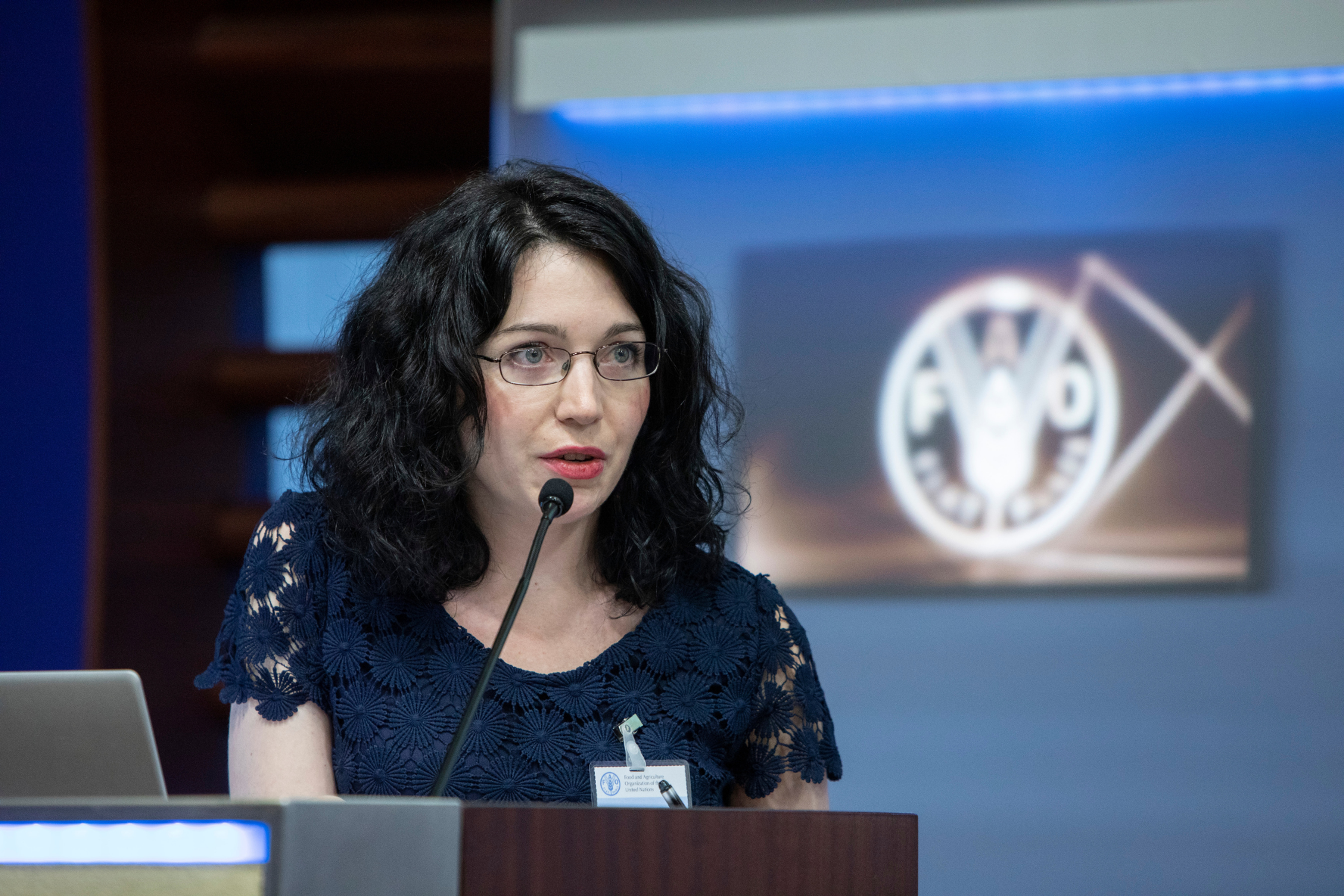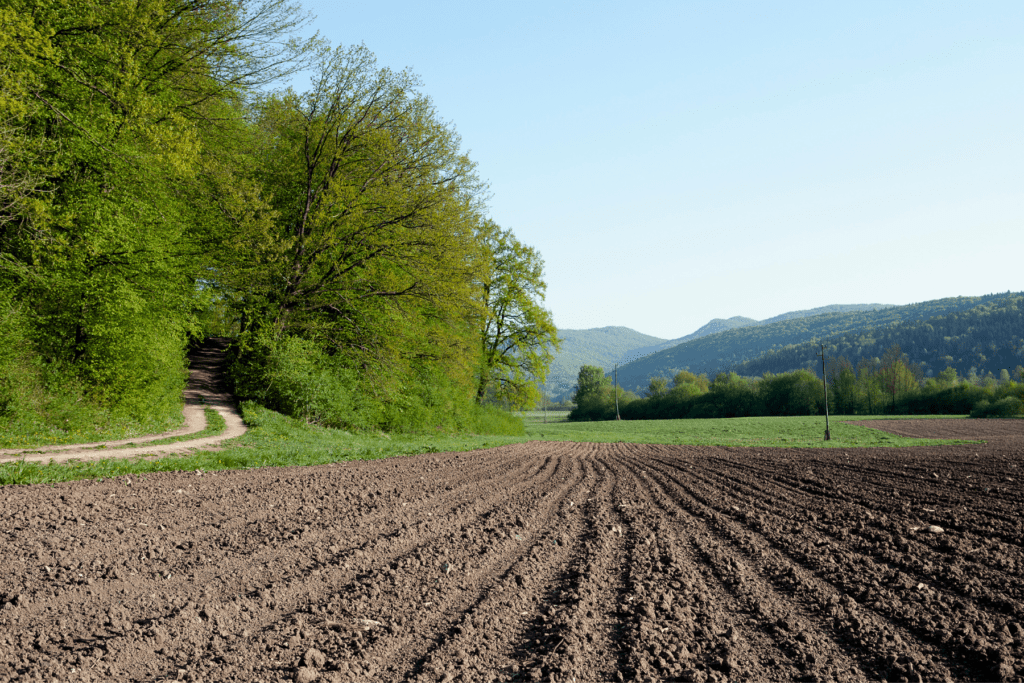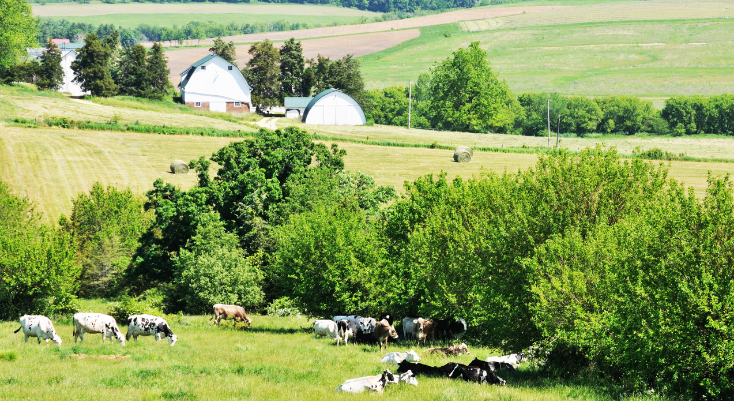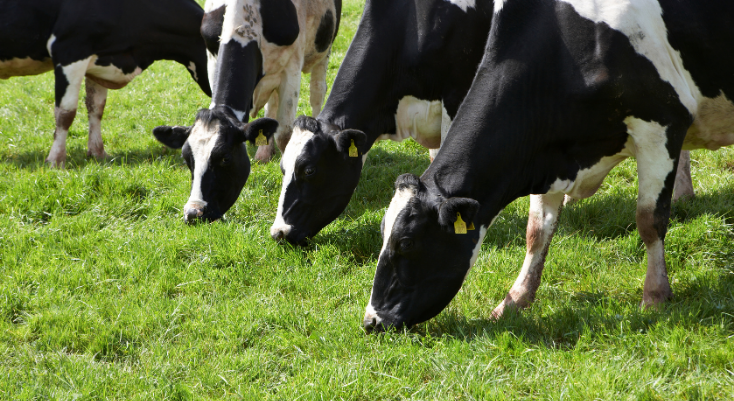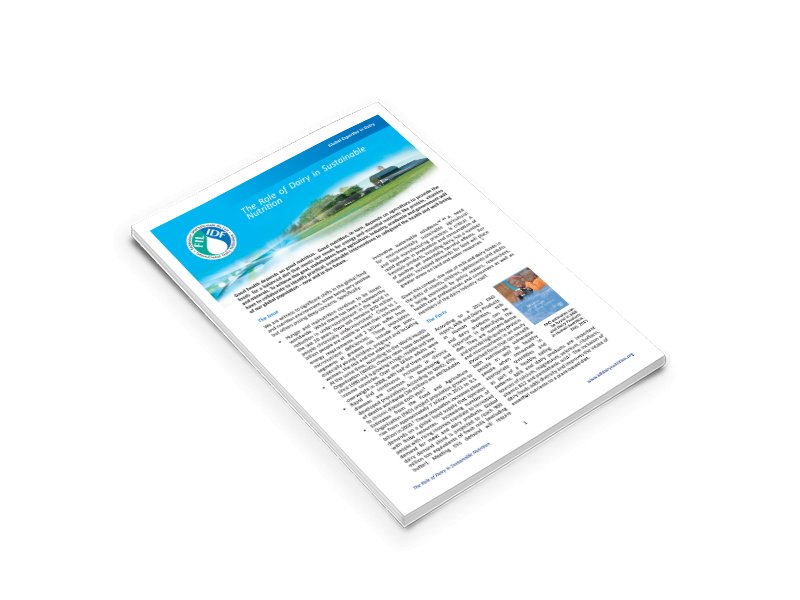The media often reports how consumer choices can contribute to sustainable development, for instance by adopting a vegetarian or vegan diet. As a sustainability manager working for the International Dairy Federation (IDF), I came to realize that people are continually exposed to incorrect information that is repeated without being challenged, in particular about the impact of dairy cattle on climate change. Such media statements are deepening the confusion between opinion and science, which is unfortunate, resulting in incorrect food choices and poor nutrition and does not alleviate the pressure of climate change.
First let me be clear, all human actions, and within those, the production of food, have an impact on the environment. But the growing campaign against animal foods is shifting the focus away from the root cause, which is the excessive use of fossil fuels.
In fact, the dairy sector has one of the smallest carbon footprint per unit of animal product in the world. Producing milk and indirectly meat, accounts for only 4% percent of all global greenhouse gas (GHG) emissions originated by human activities [1]. And the sector has been pioneering on the challenge to reduce environmental impact. The IDF has been providing scientific support to farmers and dairy advisors with best practices and methodologies. By its own initiative, the dairy sector has set ambitious targets of GHG reduction in many countries.
Dairy’s biggest emission is caused by rumination (largely methane), and then by manure, feed production, land-use change, transport, and processing. But fortunately, methane is a short-lived climate pollutant. In fact, the conventional addition of methane to the rest of the GHG as a CO2-equivalent may misrepresent on future warming. Even though methane has a strong warming influence when it is first emitted, then the warming influence diminishes rapidly over a few decades. This is because chemical reactions cause it to be removed from the atmosphere, unlike other long-lived pollutants, such as the CO2 produced by fossil fuels.
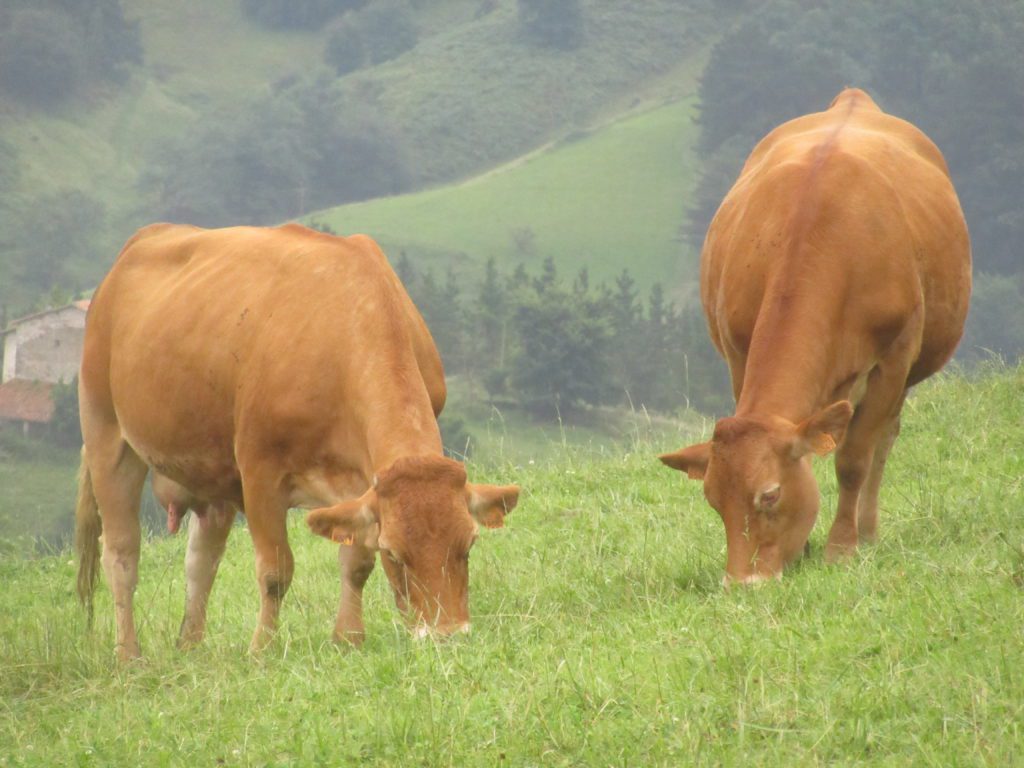

A fantastic source of health for people and planet can be found through leveraging the role of ruminants in agriculture. I believe ruminants have the potential to lead the way towards healthier and sustainable diets.
Ruminants eat what humans cannot eat, like grasslands, some agricultural sidestreams, and turn it into delicious, very palatable healthy foods, being as dairy and meat. The FAO has estimated that inedible food for humans accounts for 86% of all livestock feed, and in the case of the dairy sector, roughage (leaves, grass, silage and crop residues) represent nearly 90%. Ruminants preventing them to become an environmental burden. More important still, they feed on grassland resources, which are the largest remaining and least well-utilized resource of the planet. According to the Grassland and Pasture Crops Group of FAO, these are estimated to be 40.5 percent of the world’s area [2].
Ruminants’ manure contributes to the fertility of the soil by adding organic matter and nutrients, enhancing soil microbiology, and making these more available for plants. Well-applied manure improves soil physical properties and root biomass leading to better soil health. Nowadays, dairy producers are trying to measure the contribution of dairy animals to the sequestration of carbon in grasslands in well-managed grazing systems.
Grazing ruminants also play a role in shaping ecosystems. Under adequate management, dairy animals may take over the role of wild herbivores. In Europe, extensive livestock grazing is key to maintaining permanent grassland habitats with high biodiversity levels. In African savannahs, pastoralism is often compatible with wildlife and can enrich landscapes and their biodiversity. Ruminant producers can through the control of feral animals and weeds, and managing the risk of damaging wildfires.
As a matter of fact, dairy cattle can help preserve biodiversity if it is managed in a holistic manner, as outlined by the IDF Guide on Biodiversity for the Dairy Sector, 2017 [3]. The loss of biological diversity has serious consequences for the environment, such as desertification, increasing floods and droughts, and global climate change.
We cannot neglect some emissions from the livestock sector, but their comparison to the main emission sources would put us on a wrong path to solutions. The dairy sector will continue its efforts to reduce methane emissions. In 2016, the dairy sector and FAO signed the Dairy Declaration of Rotterdam. It is the dairy sector’s will to increase productivity and efficiency worldwide to further reduce carbon emissions per kg of protein produced. The amount of milk per cow increases when she is well fed, healthy, productive and the herd is well-managed [4].
Livestock products are an easy and efficient way to get the precious and valuable source of nutrients we need. Yes, dairy is part of a sustainable diet. We should stop seeing ruminants as a problem and, rather, value them for what thay are: part of the solution.
—————————————————–
1. Food and Agriculture Organization of the United Nations (2010). Greenhouse Gas Emissions from the Dairy Sector. A Life Cycle Assessment. Rome. URL: http://www.fao.org/docrep/012/k7930e/k7930e00.pdf.
2. Food and Agriculture Organization of the United Nations (2003). World agriculture: towards 2015/2030: An FAO Perspective – FAO. Rome. URL: http://www.fao.org/docrep/005/y4252e/y4252e06.htm.
3. The International Dairy Federation (2017). IDF Bulletin 488. The IDF Guide on Biodiversity for the dairy sector. URL: https://www.fil-idf.org/wp-content/uploads/2016/09/Bulletin479-2015_A-common-carbon-footprint-approach-for-the-dairy-sector.CAT.pdf.
4. The International Dairy Federation (2015). IDF Bulletin 479. A common carbon footprint approach for the dairy sector. URL: https://store.fil-idf.org/product/bulletin-idf-n-488-2017-idf-guide-biodiversity-dairy-sector/




